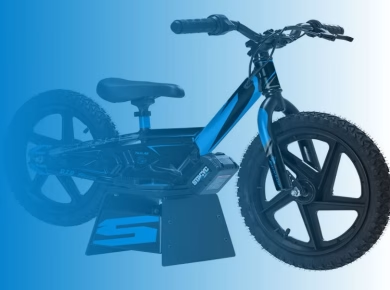As the rain poured down, soaking the construction site, I watched my crew struggle with their gloves. Some wrestled with water pooling inside their gloves, while others faced the discomfort of damp, clammy hands. It struck me then just how critical the choice between waterproof and water-resistant gloves is for professionals working in wet conditions. Understanding the nuances of these two categories can mean the difference between maintaining dexterity and risking safety in demanding environments. Having witnessed the consequences of improper gear firsthand, I’ve learned that selecting the right gloves goes beyond mere preference—it’s about ensuring safety, comfort, and efficiency on the job.
Understanding the Basics: Waterproof vs. Water-Resistant
At first glance, the terms “waterproof” and “water-resistant” might seem interchangeable, but they represent vastly different levels of protection. Waterproof gloves are designed to keep water completely out, ensuring that your hands stay dry even in the heaviest downpours or when working directly with wet materials. Water-resistant gloves, on the other hand, offer a certain level of protection against moisture, but they can still allow some water to penetrate over time, especially if exposed to prolonged dampness.
Real-World Implications
During a particularly rainy season, I saw a stark difference in performance between the two types. A colleague, relying on water-resistant gloves, ended up with soaked hands after just a few hours of working in the rain. The discomfort led to decreased grip, which made handling tools more precarious and increased the risk of accidents. Conversely, those who opted for waterproof gloves remained dry and focused, able to maintain their productivity without the distraction of uncomfortable, wet hands.
Material Matters
The materials used in waterproof and water-resistant gloves can significantly affect their performance. Waterproof gloves often feature advanced materials like Gore-Tex or rubber, which provide a reliable barrier against water. These materials are not just effective at keeping moisture out; they also allow for breathability, which is essential when working in environments where sweat can build up inside the glove.
Choosing the Right Material
Selecting gloves made from high-quality materials can make a world of difference. For instance, gloves with a waterproof liner and a breathable outer shell are ideal for tasks that require prolonged exposure to wet conditions. On the other hand, if you’re only facing occasional splashes, a good water-resistant glove made from synthetic leather may suffice without breaking the bank.
Comfort and Fit: The Hidden Factors
Comfort and fit are critical in any protective gear, yet they become even more crucial when you’re working in wet conditions. Gloves that fit too loosely can lead to slippage, while those that are too tight can cause circulation issues. Both scenarios can lead to decreased dexterity and increased risk of injury.
Finding the Right Fit
When choosing gloves, test them on the job site. Make sure to perform the tasks you’ll be doing while wearing them. I’ve seen many professionals choose gloves based on size charts alone, only to find that their dexterity suffers once they’re on the job. Look for gloves with adjustable cuffs to help reduce water ingress and ensure a snug fit.
Durability in Wet Conditions
Another aspect that sets waterproof and water-resistant gloves apart is their durability in harsh environments. Waterproof gloves, especially those designed for heavy-duty use, tend to withstand the rigors of construction or industrial work better than their water-resistant counterparts. They often feature reinforced seams and materials that can handle abrasion from tools and equipment.
Investing for Longevity
While waterproof gloves may carry a higher price tag, consider them an investment in safety and productivity. I’ve had instances where cheaper water-resistant gloves wore out quickly, leading to increased costs over time as replacements were necessary. Opting for high-quality waterproof gloves can save you from frequent replacements and ensure you remain safe and efficient when the weather turns.
Best Practices for Maintenance
Even the best gloves need proper care to maintain their effectiveness. Waterproof gloves, in particular, require a little extra attention to ensure their longevity. Regular cleaning and conditioning can help maintain their waterproof properties while preventing the buildup of grime and oils that can compromise their effectiveness.
Cleaning and Care Tips
After a long day on the job, it’s tempting to toss gloves in a corner and call it a day. Instead, take a few minutes to rinse them off and allow them to dry naturally, away from direct heat sources. For waterproof gloves, consider using a specialized cleaner designed for the materials used, and apply a waterproofing treatment periodically to keep them in top shape.
Conclusion: Make the Right Choice
In the world of construction, health and safety, and site management, the importance of choosing the right gloves cannot be overstated. The distinction between waterproof and water-resistant gloves is not just a matter of terminology; it can directly impact your safety and efficiency on the job. By understanding the differences in materials, comfort, durability, and maintenance, you can make an informed decision that will keep your hands safe and dry through the toughest conditions. Investing in the right gloves is not just about comfort; it’s about ensuring you can perform your work safely and effectively, no matter what the weather throws your way. So next time you’re gearing up for a wet workday, remember: choosing the right gloves is not just a choice—it’s a commitment to safety and professionalism.



